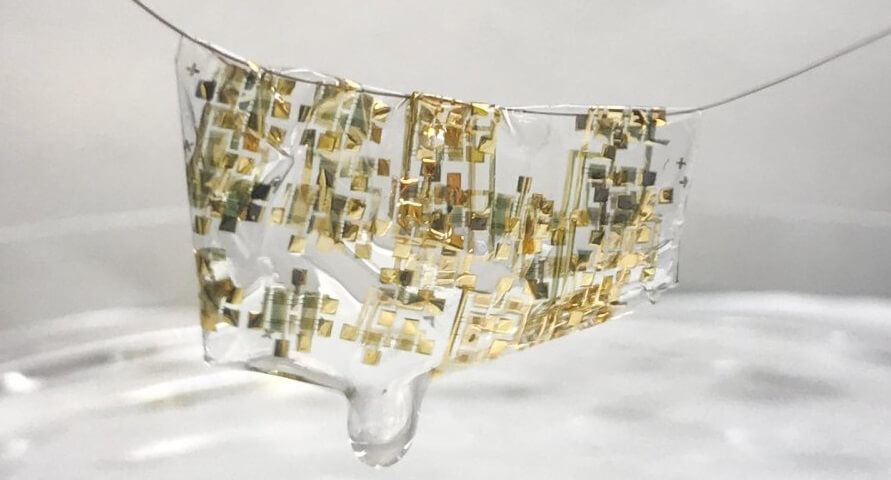
Soluble electronics can be useful in many different situations. It can help to create a subcutaneous medical implants, which after a course of treatment just disappear without any intervention. Trackers for studies of wildlife would also have been nice — very modern and eco-friendly. We worked on it a group of Stanford scientists, which after several attempts was finally able to develop a flexible biodegradable chip.
A study led by Jean Bao, previously developed with colleagues a flexible subcutaneous electrodes for medical implants. Material is bent, in this case was very durable and elastic, but did not know how to decompose this drawback strongly limits its use. And after using it could harm the environment. Therefore, despite the difficulties, Jinan Bao continued study.
In addition to the electronic Board, they have created and the special substrate, which is also able to dissolve together with the chip under the influence of some weak acids. For example, citric or acetic.
To create multilayer boards, of course, still very far away, but developments already allow scientists to do simple circuits, excellent conducting current, and it maintains its properties after repeated flexing.
Stanford has developed a biodegradable and flexible electronic circuits
Vyacheslav Larionov